About the T-33
The T-33 was developed from the Lockheed P-80/F-80 by lengthening the fuselage by slightly more than 3 feet (1 m) and adding a second seat, instrumentation, and flight controls. It was initially designated as a variant of the P-80/F-80, the TP-80C/TF-80C.[2]
Design work on the Lockheed P-80 began in 1943, with the first flight on 8 January 1944. Following on the Bell P-59, the P-80 became the first jet fighter to enter full squadron service in the United States Army Air Forces. As more advanced jets entered service, the F-80 took on another role—training jet pilots. The two-place T-33 jet was designed for training pilots already qualified to fly propeller-driven aircraft.
Originally designated the TF-80C, the T-33 made its first flight on 22 March 1948 with Lockheed test pilot Tony LeVier at the controls. Production at Lockheed ran from 1948 to 1959. The US Navy used the T-33 as a land-based trainer starting in 1949. It was designated the TV-2, but was redesignated the T-33B in 1962. The Navy operated some ex-USAF P-80Cs as the TO-1, changed to the TV-1 about a year later. A carrier-capable version of the P-80/T-33 family was subsequently developed by Lockheed, eventually leading to the late 1950s to 1970s T2V-1/T-1A SeaStar. The two TF-80C prototypes were modified as prototypes for an all-weather two-seater fighter variant, which became the F-94 Starfire. A total of 6,557 T-33s were produced: 5,691 of them by Lockheed, 210 by Kawasaki, and 656 by Canadair.
The two-place T-33 proved suitable as an advanced trainer, and it has been used for such tasks as drone director and target towing. A reconnaissance version known as the RT-33A with a camera installed in the nose and additional equipment in the rear cockpit was also produced. Although primarily intended for export, the U.S. Air Force used a single example of the type for secret overflights of South Vietnam and Laos from 1961, with these flights codenamed FIELD GOAL. This lasted until the aircraft were replaced by the more capable McDonnell RF-101 Voodoo in this role.[3] The USAF began phasing the T-33 out of front-line pilot training duties in the Air Training Command in the early 1960s, as the Cessna T-37 Tweet and Northrop T-38 Talon aircraft began replacing it for the Undergraduate Pilot Training (UPT) program. The T-33 was used to train cadets from the Air Force Academy at Peterson Field (now Peterson Air Force Base in Colorado Springs). The T-37 replaced the T-33 for Academy training in 1975. The final T-33 used in advanced training was replaced 8 February 1967 at Craig AFB, Alabama.[4] Similar replacement also occurred in the U.S. Navy with the TV-1 (also renamed T-33 in 1962), as more advanced aircraft such as the North American T-2 Buckeye and Douglas TA-4 Skyhawk II came on line. USAF and USN versions of the T-33 soldiered on into the 1970s and 1980s with USAF and USN as utility aircraft and proficiency trainers, with some of the former USN aircraft being expended as full-scale aerial targets for air-to-air missile tests from naval aircraft and surface-to-air missile tests from naval vessels. Several T-33s were assigned to USAF McDonnell F-101 Voodoo, Convair F-102 Delta Dagger, and Convair F-106 Delta Dart units, to include similarly equipped Air National Guard units, of the Aerospace Defense Command as proficiency trainers and practice "bogey" aircraft. Others later went to Tactical Air Command, and TAC gained Air National Guard F-106 and McDonnell-Douglas F-4 Phantom II units in a similar role until they were finally retired, with the last being an NT-33 variant retired in April 1997.
Gallery.
Specifications
Spotlights
- XProAerospaceAircrafts 1.6 years ago
General Characteristics
- Created On iOS
- Wingspan 27.9ft (8.5m)
- Length 33.0ft (10.0m)
- Height 12.1ft (3.7m)
- Empty Weight 5,399lbs (2,449kg)
- Loaded Weight 6,675lbs (3,028kg)
Performance
- Power/Weight Ratio 1.514
- Wing Loading 64.4lbs/ft2 (314.6kg/m2)
- Wing Area 103.6ft2 (9.6m2)
- Drag Points 2925
Parts
- Number of Parts 96
- Control Surfaces 7
- Performance Cost 585

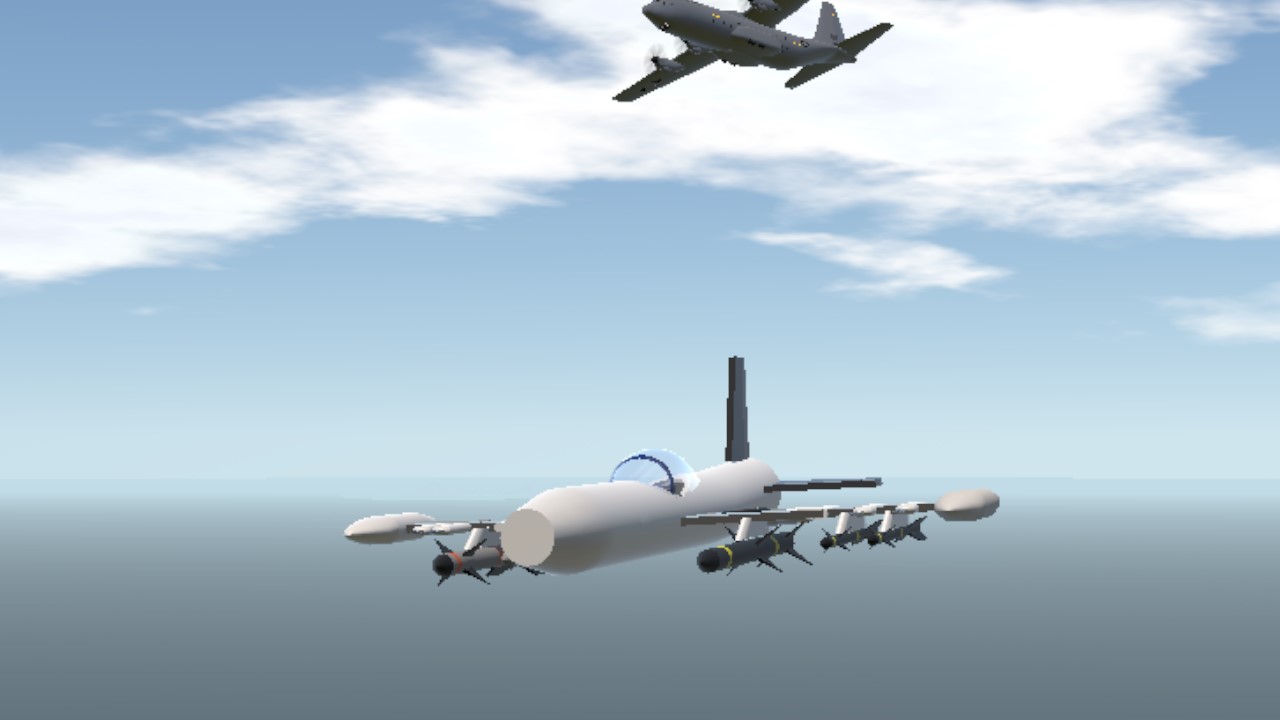
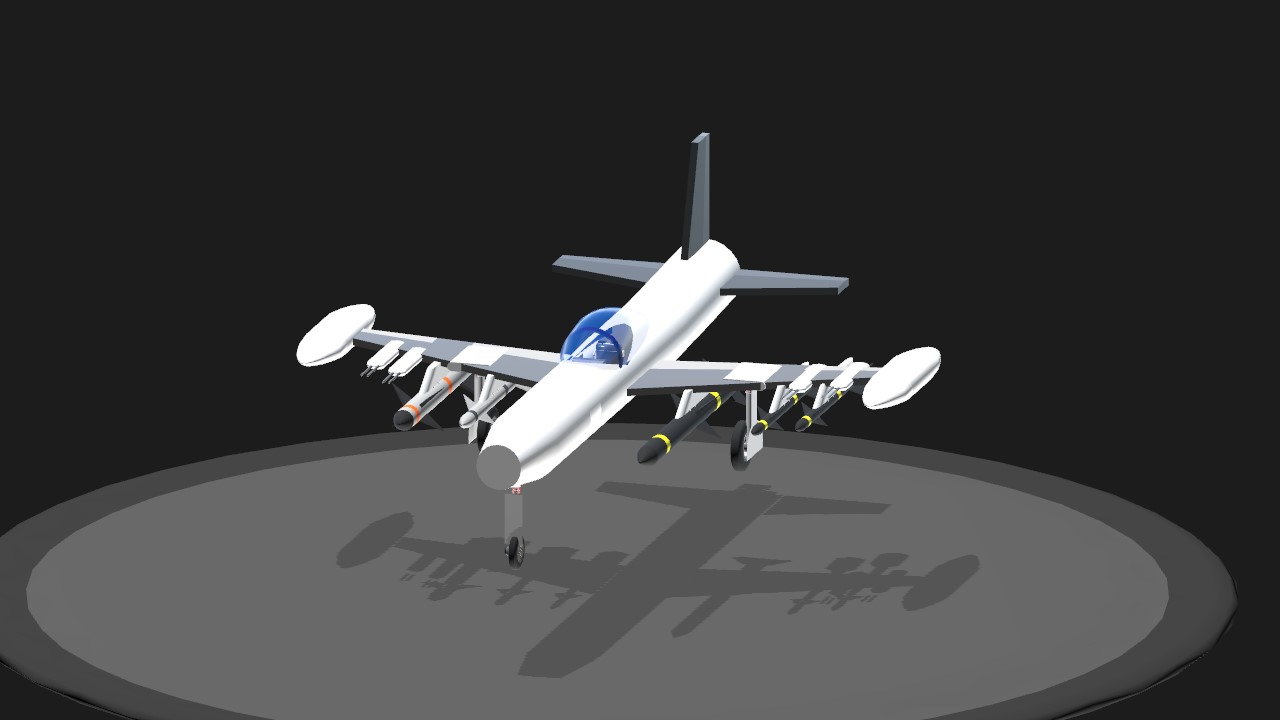
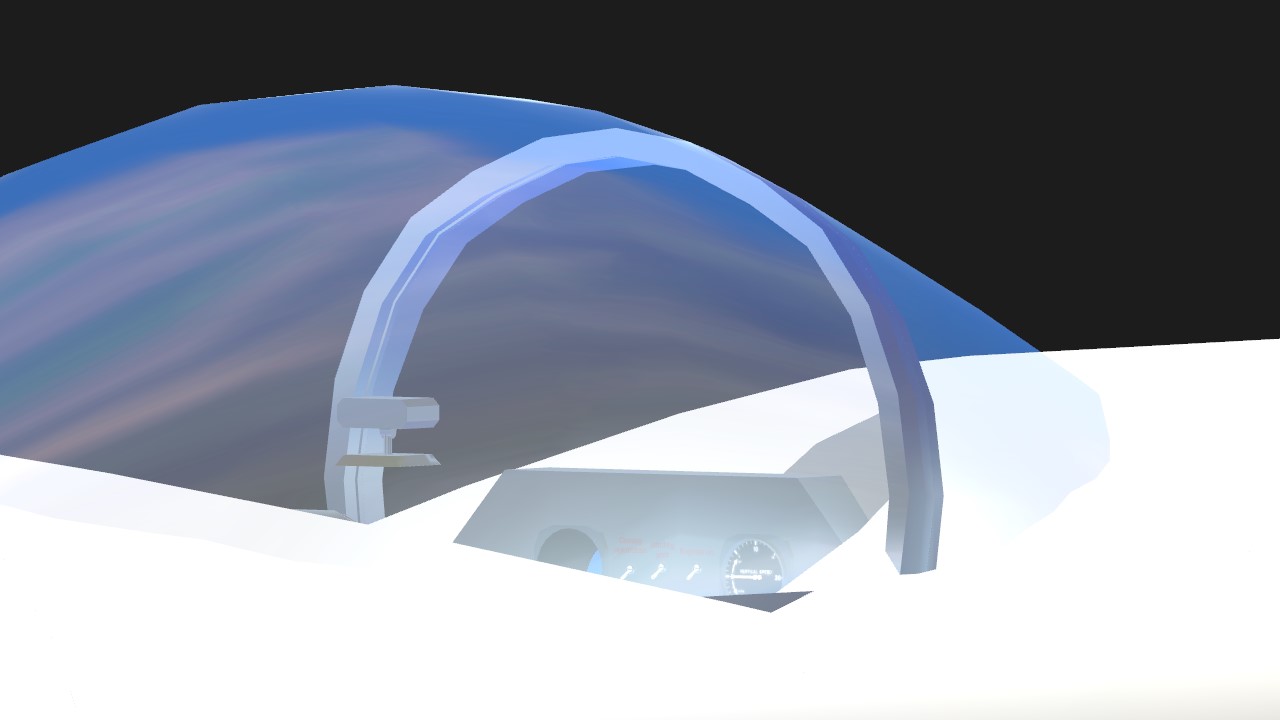
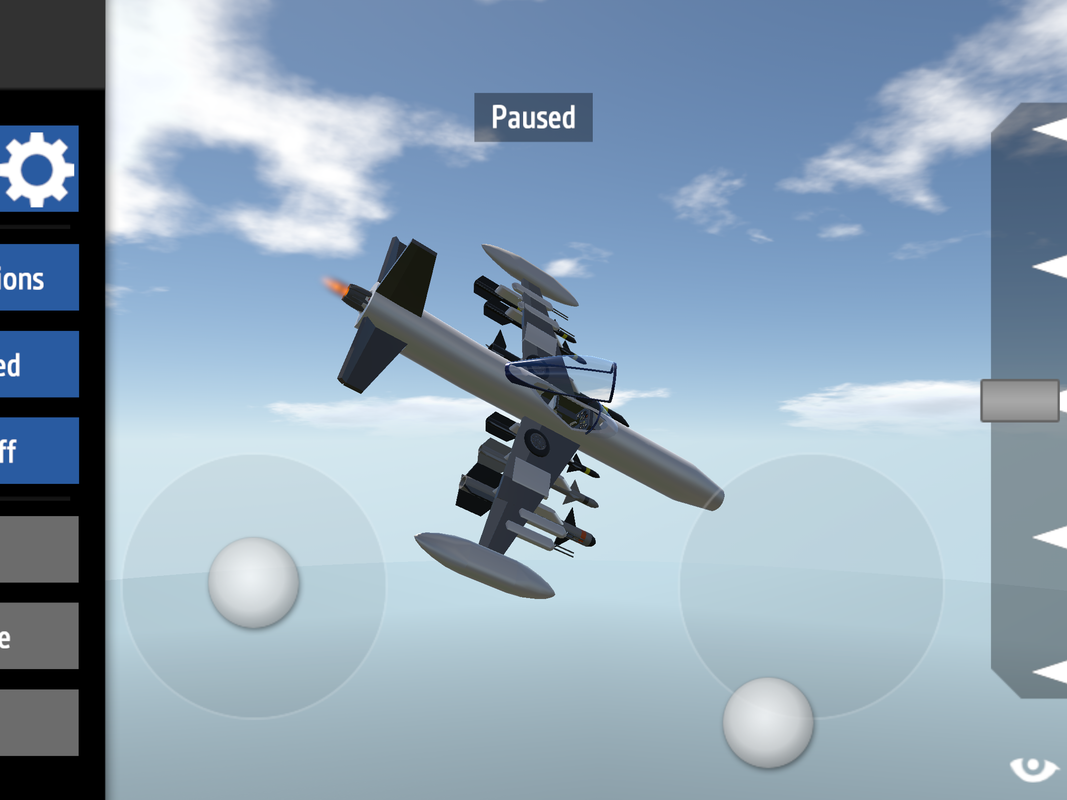
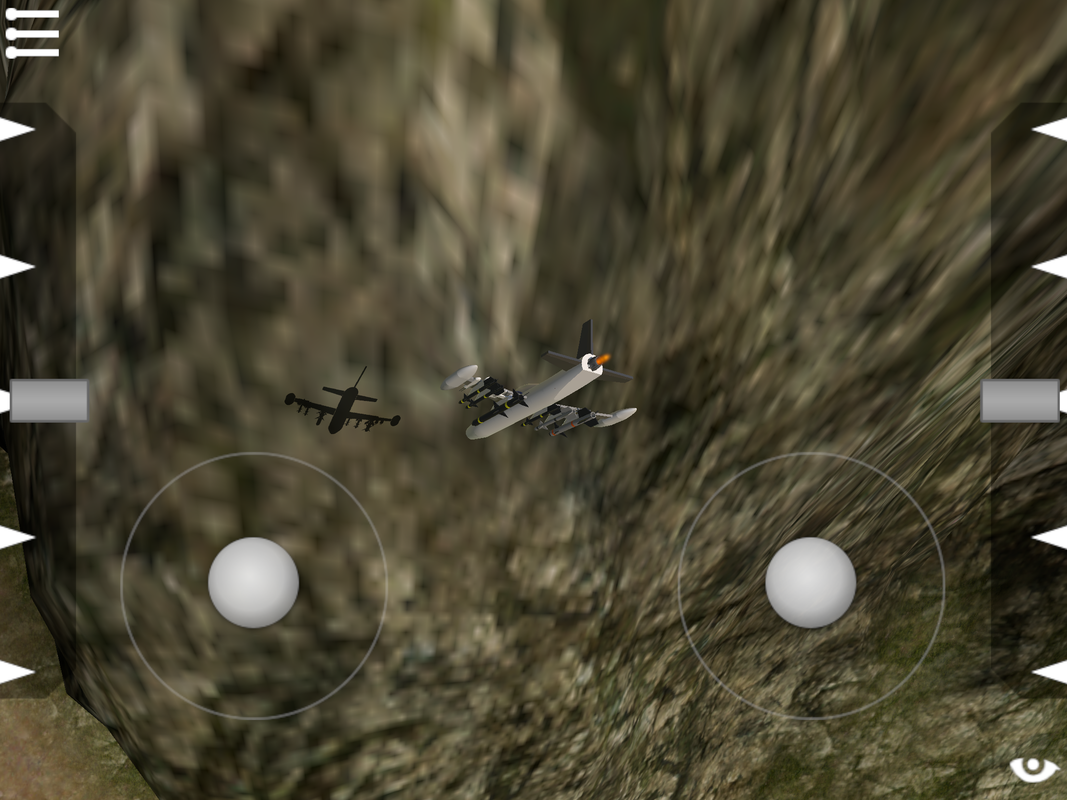
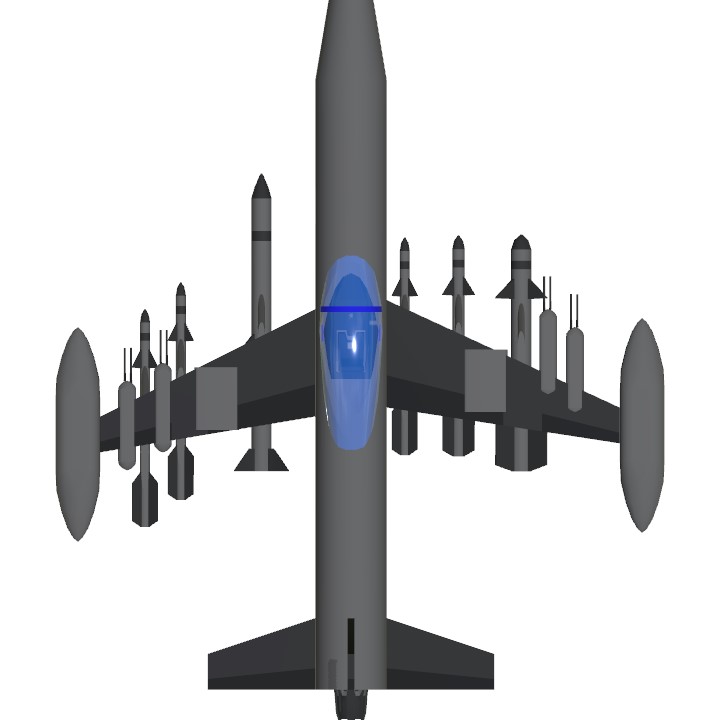
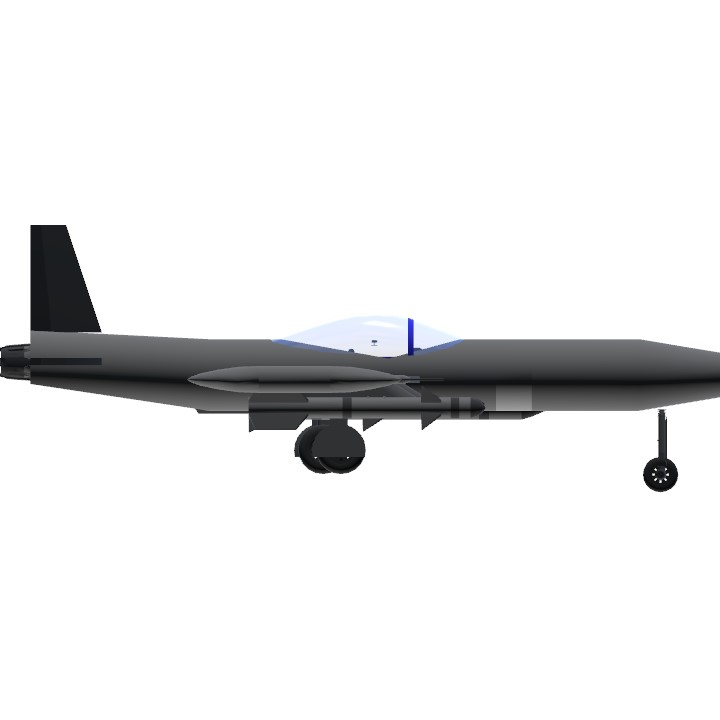

Sorry for the late! I was busy
Tags
@WaterFlavoredSpitfires
@LM0418
@X99STRIKER not about to reupload
@X99STRIKER Ik
Needs paint.
how did I get 7 downloads and 6 upvotes very crazy💀
@Baddestguard494 thx
Woah, this is very cool. :)
Sorry but yes